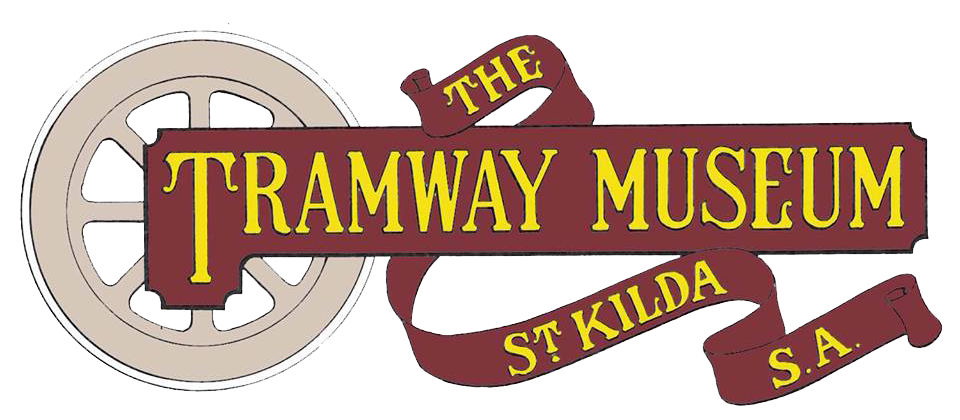About Us
It all started when…
In January 1954 some Adelaide tram enthusiasts formed a local branch of the Australian Electric Traction Association, an advocacy group with an interest in the retention and expansion of electric transport systems and which still exists.
At the Association’s 1956 National Convention in Adelaide, it was learned that museum collections had been established in Sydney and Melbourne and that tramway museums were already established in the USA and Europe. Also at the convention, trams 111 and 381 (now in the Museum) were used to tour Adelaide’s tramways as a conference event.
To better distinguish between interests in advocacy and preservation, the fledgling Sydney tramway museum had been ‘spun out’ from the Australian Electric Traction Association to become the Australian Electric Transport Museum
Later in 1956 the Adelaide group approached Adelaide’s Municipal Tramways Trust on behalf of the Australian Electric Transport Museum, to set aside six Adelaide trams for preservation, Trams No. 1, 111, 192, 264, 380 and 381. After checking with, and encouraged by positive responses from the Sydney and Melbourne tramway authorities about progress by museum groups there, the M.T.T. agreed to make the cars available to the newly formed group, reflecting faith in the young people behind the proposal for Adelaide.
By 1957, the Adelaide group became the SA branch of the Australian Electric Transport Museum. Later, the Adelaide group incorporated in its own right under SA legislation as the Australian Electric Transport Museum (SA) Inc.- now better known as the Tramway Museum at St. Kilda.
Where to go…
At first the group proposed to send the trams to the Association’s Sydney museum, but after finding the cost was prohibitive, started looking for a tramway museum site in Adelaide.
Meanwhile, much of Hackney tram depot was being knocked down to make space for parking for the new buses. There was no longer space in the depot to store the trams offered to the museum.
After some negotiations, it was agreed to store Trams No. 1, 111 and 192 in the open on the tramway sidings at Morphettville Racecourse. They went there in January 1958. Vandals stoned them within a few weeks, breaking many windows.
After several false leads, a site was eventually secured on the grounds of the former St. Kilda primary school. In August 1958, only a few hours ahead of the contractors pulling up the Morphettville sidings, four trams including 42, were taken to St Kilda for further open storage. Car 282 (swapped with 264) arrived in January 1959 after being driven to and loaded at Glenelg.
Opening the line…
The Museum opened as a static display 22 July 1967. In 1972 the Salisbury Council secured a grant under a then State Government Unemployment Relief Scheme and built the 2km line to St Kilda beach. Museum members erected the overhead. The Museum tramway was formally opened by the then Minister for Lands, the Hon Frank Kneebone, assisted by the Mayor of Salisbury, Mr Harry Bowey, on March 23 1974. Tram No. 1 lead the procession, which was the same car that had been used to open the Adelaide tramway system March 9 1909.
Over 60 years later…
From an initial collection of 5 trams, stored on a vacant site at St. Kilda in 1957, the Museum now has 26 trams, a horse box, 5 trolley buses, two horse trams that preceded and a diesel bus that replaced the electric trams. In addition there are two workshops, a wheel lathe building, ancillary storage sheds, an entrance gallery/bookshop, modern administration and archives rooms and a number of interpretative displays.
The Museum may be one of few in the world that can boast of holding at least one representative example of every principle tram type to have been in service on a city street system for the life of the system. Throughout its 60+ years the Museum has been staffed entirely by volunteers and has relied upon visitor admissions for funding. Major projects are often supported by special donations from Museum members with occasional grants from SA Government museum assistance programs and the Salisbury Council


